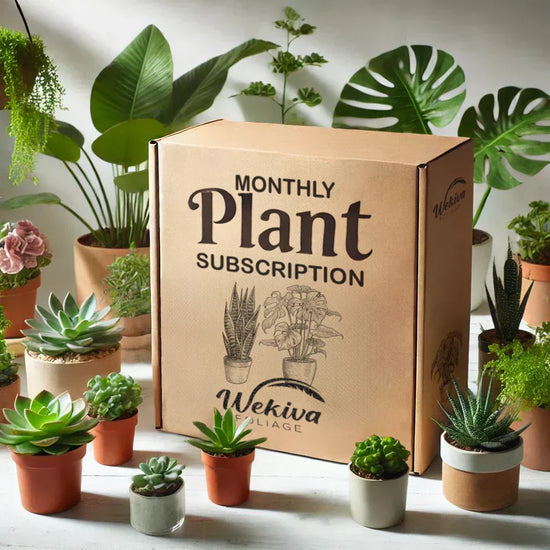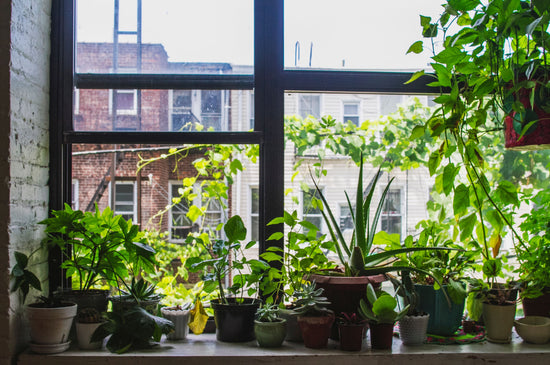Are Clematis Edible?
Clematis vines captivate gardeners with their vibrant blooms, but they are not safe to eat. The clematis plant contains protoanemonin, a chemical compound that can cause irritation and mild toxicity if ingested. All parts of the clematis vine plant, including the flowers, leaves, and stems, are considered toxic to humans and pets.

Understanding Clematis Toxicity
- For Humans: Eating clematis flowers or foliage may lead to symptoms such as nausea, vomiting, and abdominal pain.
- For Pets: Dogs and cats are particularly sensitive to clematis vine plants. Ingesting even a small amount can cause gastrointestinal distress.
- Skin Irritation: Handling clematis plants can cause mild skin irritation in some people. Gloves are recommended during pruning or handling.

What to Plant Instead of Clematis for Edible Gardens
If you’re looking for edible blooms, consider alternatives like nasturtiums, violas, or calendulas. These plants are safe to eat and bring vibrant colors to your garden.
Although clematis vines are not edible, their beauty makes them an indispensable addition to any ornamental garden. Check out our Clematis Collection to find the perfect non-edible variety for your space.

FAQ: Are Clematis Edible?
Q: Are all clematis species toxic?
A: Yes, all clematis vine plants contain protoanemonin and should not be consumed.
Q: Can clematis flowers be used as decorations on food?
A: No, clematis flowers are toxic and should not be used for food decoration.
Q: What should I do if my pet eats clematis?
A: Contact a veterinarian immediately if your pet ingests clematis.





